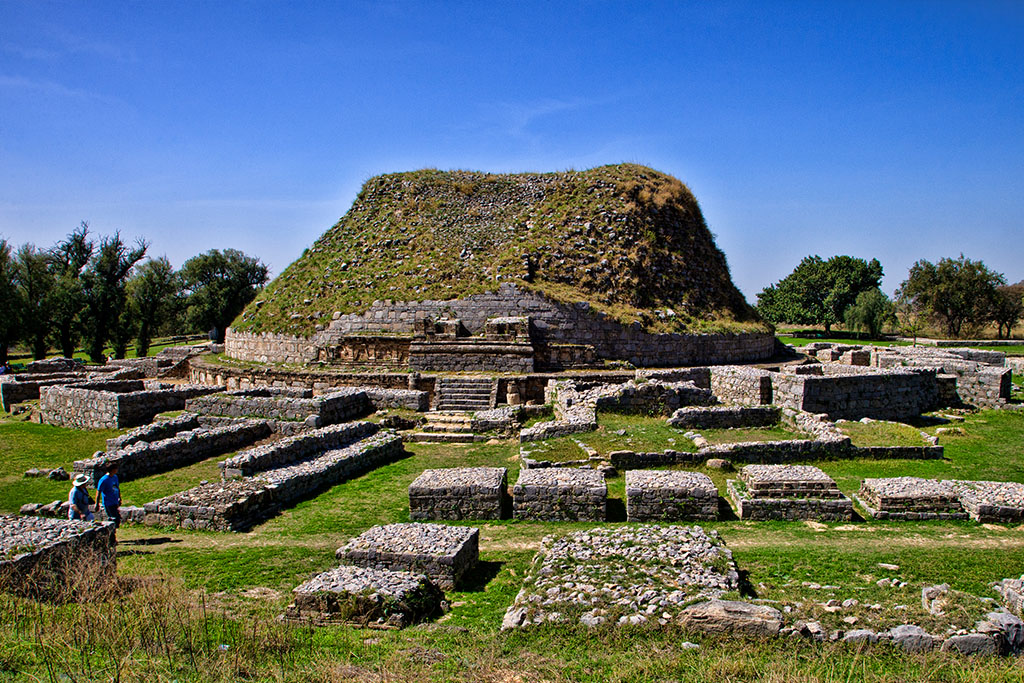Takshashila: The Ancient Seat of Learning and Wisdom

In the annals of history, few places have commanded as much reverence and admiration as Takshashila, an ancient city that was once a thriving center of knowledge, culture, and intellect. Situated in what is now Pakistan, Takshashila, also known as Taxila, is steeped in a rich heritage that dates back over two millennia. In this article, we’ll delve into the storied history and significance of this ancient seat of learning.
The Early Beginnings
Takshashila’s origins can be traced back to the Vedic period in India, making it one of the world’s oldest universities. Its name is mentioned in ancient Indian scriptures, including the Mahabharata and the Ramayana. Scholars and philosophers flocked to Takshashila to engage in rigorous intellectual pursuits and discussions.
A Center of Learning
Takshashila’s fame as a center of learning grew during the Buddhist era. It was here that Gautama Buddha is said to have given a sermon, making it an important site for Buddhists. The city attracted scholars, students, and teachers from various parts of the world, including India, Persia, Greece, and China. Takshashila became a melting pot of cultures, ideas, and knowledge.
Subjects Taught
Takshashila offered a wide array of subjects, including mathematics, astronomy, medicine, politics, literature, philosophy, and warfare. The city was particularly renowned for its advanced studies in the fields of mathematics and medicine. The ancient Indian treatise, the Arthashastra, attributed to Chanakya, one of the world’s earliest political scientists, is believed to have been composed here.
Notable Scholars
Takshashila was home to a multitude of renowned scholars and teachers. Perhaps the most famous was Chanakya, who mentored the Maurya dynasty’s founder, Chandragupta Maurya. Other luminaries who studied or taught at Takshashila include Charaka, the father of Ayurveda; Panini, the Sanskrit grammarian; and Jivaka, the physician.
Decline and Destruction
Takshashila’s decline began around the 5th century CE when it faced invasions by the Huns. The destruction wrought by these invasions, coupled with shifts in political power, led to the city’s gradual abandonment. Over time, it became a forgotten relic buried beneath the sands of time.
Rediscovery and UNESCO Heritage
In modern times, Takshashila was rediscovered, and its historical significance was recognized. In 1980, UNESCO designated Takshashila as a World Heritage Site, acknowledging its immense cultural and historical value. Archaeological excavations have unearthed numerous relics, including stupas, monasteries, and statues, shedding light on the city’s glorious past.
Legacy and Influence
Although Takshashila may have vanished from the world stage, its legacy endures. The principles and teachings of its scholars have left an indelible mark on various fields of knowledge. Even today, scholars and historians study the ancient texts and inscriptions that have survived, seeking to unravel the mysteries of this extraordinary seat of learning.
Takshashila, the ancient city of wisdom, remains a symbol of human intellectual pursuit and the universal quest for knowledge. Its contributions to various fields of study continue to resonate through the ages, reminding us of the enduring power of learning and the indomitable spirit of human inquiry. As we look back at this historical treasure trove, we are reminded of the importance of preserving and cherishing our rich cultural heritage for generations to come.